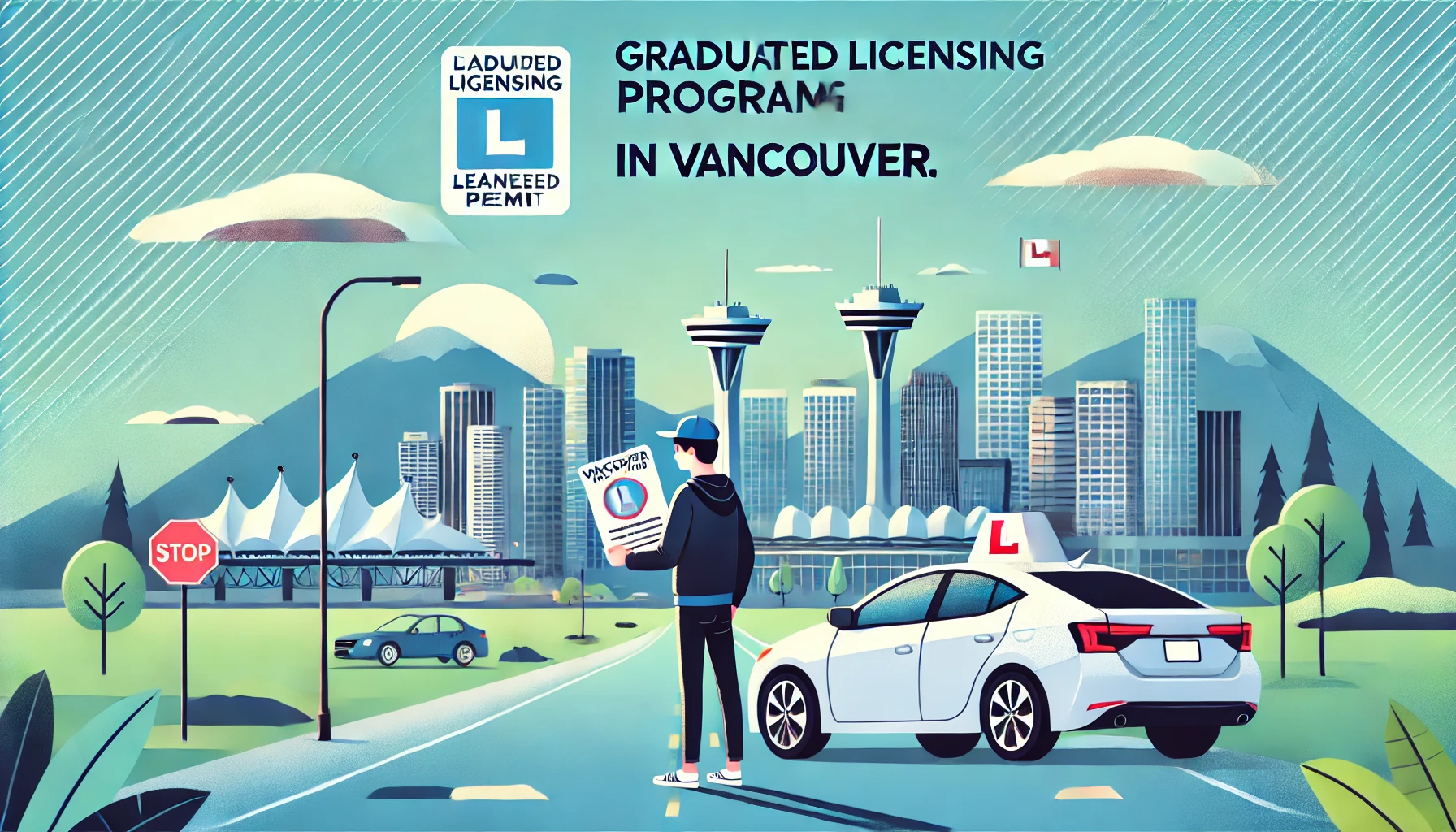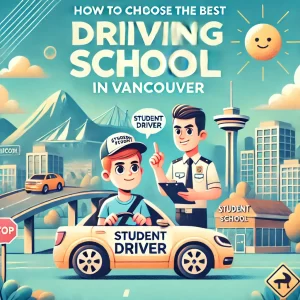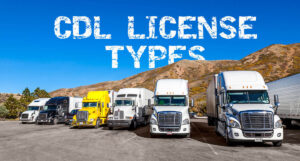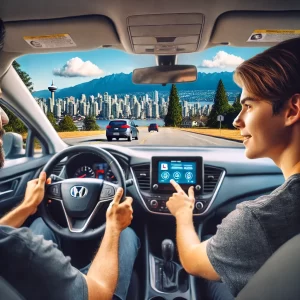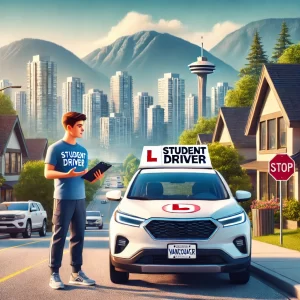A Comprehensive Guide
The Graduated Licensing Program (GLP) is a structured approach to obtaining a driver’s license, designed to help new drivers develop essential driving skills and knowledge in a safe and controlled manner. By gradually introducing driving privileges over time, the GLP aims to reduce the risks associated with inexperienced drivers, ensuring road safety for all users.
In this blog, we’ll dive into what the GLP entails, its benefits, and how to navigate through its stages.
What is the Graduated Licensing Program?
The Graduated Licensing Program is a three-stage licensing system that allows new drivers to gain experience and build confidence behind the wheel. Implemented in many regions worldwide, the GLP provides a progressive framework where driving privileges increase as drivers demonstrate their ability to safely operate a vehicle.
The Three Stages of the GLP
1. Learner’s Permit (Stage 1)
- Requirements:
- Must pass a written knowledge test covering road rules, traffic signs, and safe driving practices.
- Minimum age varies by location (typically 15-16 years).
- Restrictions:
- Driving under supervision of a licensed adult.
- No alcohol in the driver’s system (zero tolerance).
- Limited nighttime driving or prohibition altogether.
2. Intermediate/Probationary License (Stage 2)
- Requirements:
- Completion of the learner’s stage (often 6-12 months).
- Pass a road test demonstrating practical driving skills.
- Restrictions:
- Limited number of passengers, particularly minors.
- Reduced or restricted nighttime driving.
- Continued adherence to zero alcohol tolerance.
3. Full/Unrestricted License (Stage 3)
- Requirements:
- Successful completion of the probationary stage.
- Clean driving record during earlier stages.
- Privileges:
- Full driving privileges without restrictions.
Key Features of the GLP
1. Road Safety Focus
By gradually introducing new drivers to more challenging driving situations, the GLP reduces crash risks and promotes safer road habits.
2. Supervised Learning
The supervised driving requirement ensures that learners gain practical experience under the guidance of an experienced driver.
3. Zero Tolerance for Alcohol
Strict rules on alcohol consumption aim to eliminate one of the most common causes of accidents among young drivers.
4. Passenger Limits
Limiting the number of passengers minimizes distractions for inexperienced drivers.
Benefits of the Graduated Licensing Program
- Improved Driver Competence
Gradual exposure to different driving scenarios helps learners build essential skills. - Reduced Accident Rates
Statistics show that GLP programs significantly lower crash rates among novice drivers. - Enhanced Confidence
A structured system provides drivers with time to develop confidence on the road. - Community Safety
By promoting responsible driving behaviors, the GLP contributes to safer roads for all.
Tips for Navigating the GLP Successfully
- Study the Rules: Read your region’s driver’s manual to prepare for the written and road tests.
- Practice Regularly: Spend ample time practicing with a licensed supervisor to build your skills.
- Stay Patient: Each stage is designed for your safety—rushing through can lead to mistakes.
- Adhere to Restrictions: Follow all conditions during the learner and intermediate stages to avoid penalties.
The Graduated Licensing Program is a valuable system that prioritizes safety and skill development for new drivers. By progressing through its stages, drivers not only gain confidence but also contribute to creating safer roadways.
Ready to improve your driving skills in Vancouver? You can find driving school near me or Contact a Seymour Driving School today and explore their refresher course options!
driving school near me

